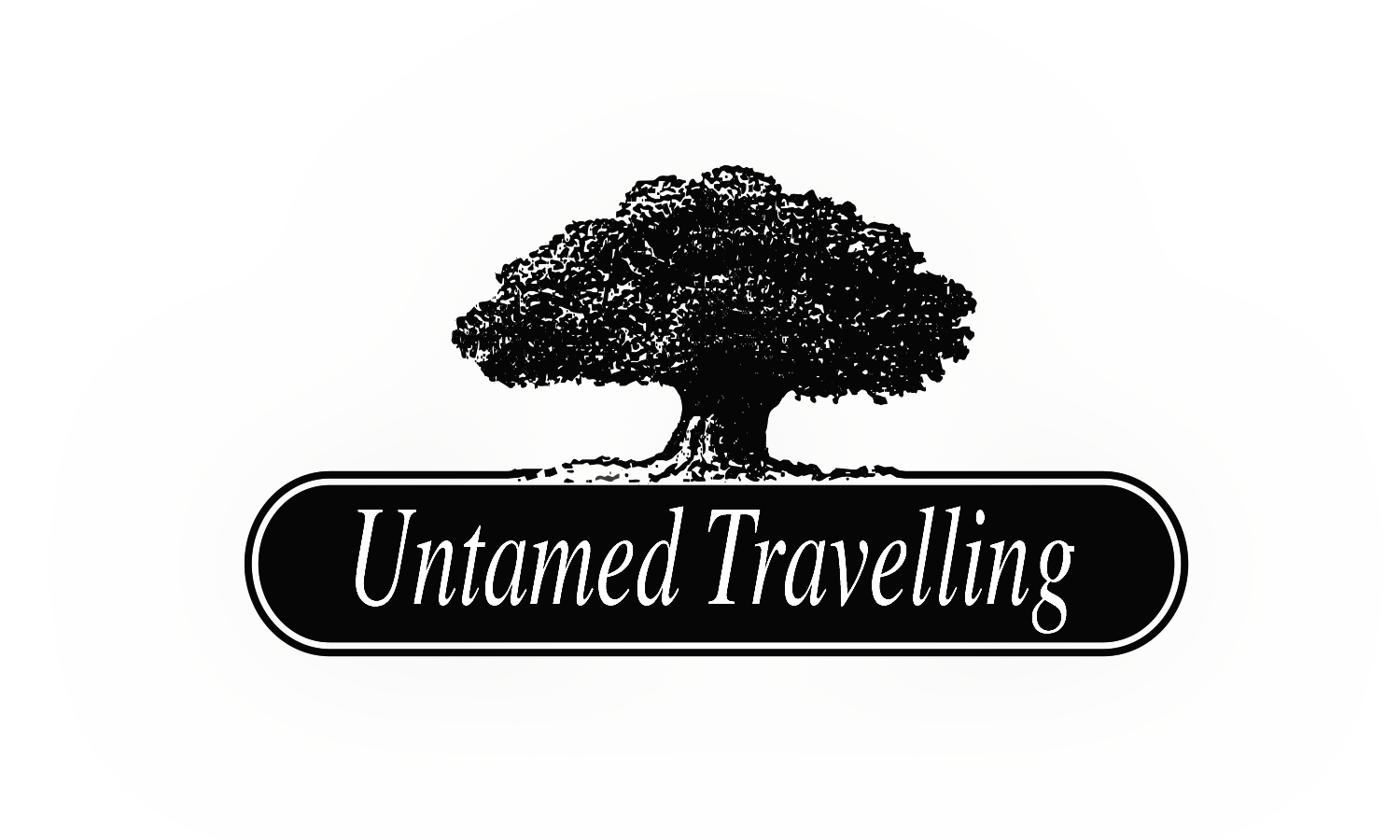Did you know that the original dissined fabrics you buy in Africa in fabric shops come from vlisco’s factories in Helmond? A staggering amount of designs; guaranteed Dutch Wax.
The Netherlands once imported batiks from colony Indonesia. From the mid-19th century, manufacturer Vlisco produced imitation batik fabrics and then appropriated the specific washing technique as wax hollandais. Such high-quality substances were then found to have large deductions on the African market.
The colours come dancing to you and the patterns of the fabric are very varied and eclectic. For decades, Vlisco’s design department has been inventing new designs and colours for West African women and exporting the exotic-looking fabrics to Africa as semi-finished fabrics. And to New York, London or Tokyo; everywhere where there are large African communities. A Ghanaian or Nigerian lady decides which garment she wants to make. The sales are huge. Every quarter, more than one million meters roll off the production line.
Fabrics that stand for luxury and self-awareness
Wonderful, but true: “Africans consider the fabrics to be African”, says Jos Arts, author of the book ‘Vlisco, textiles for Africa’. “Wearing Vlisco substances increases their self-awareness. They make it their own and literally make their own individual garments and give their own names to the fabrics”.
The archive contains 350,000 unique designs and many designs sometimes remain in production for a long time. Some designs have been around for 60, 70, years. Like the fabric ‘Six spark plugs’ designed in 1940. In Congo, this design has a very specific meaning because the bearer wants to show that she can handle up to six men; She’s strong in life. Thus, an ornament becomes more than just beautification. Visco gives the design a number and the local market women attach a name and meaning to it. A fabric with a diamond motif was named ‘Burberry’ on the spot and one that is overloaded with modern bags is now called ‘Michelle Obama’s bag’.


Many people in Africa cannot read or write simply because they have not been taught. In addition, there is a taboo on speaking publicly about sex, marriage or emancipated women. Women talk about it, men talk about it, but that communication is difficult and maintained. That gap in communication is closed by the fabrics that attract women. There are hundreds of different substances that each embody a different pronunciation, wisdom or saying. The dresses worn open up a world of communication for Africans.














